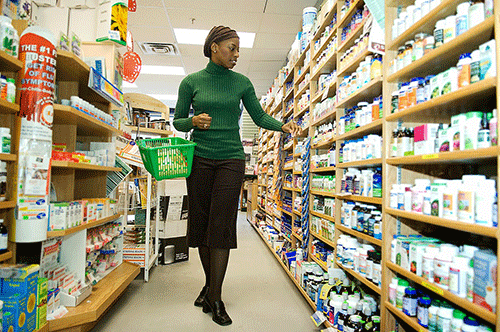Maihapa Ndjavera
Consumers who tightened their belts during the last couple of years due to the impact of Covid-19, coupled with a persistent recession, recent fuel and food price hikes, were hammered again yesterday as the Bank of Namibia increased the repo rate with 25 basis points from 4% to 4.25%.
The repo rate is the level at which commercial banks borrow money from the central bank, and in turn determines interest rates for consumers.
Such an increase is expected to pour more misery on Namibian consumers who rely on debt to survive.
Weighing in on yesterday’s rate increase, head of research at High Economic Intelligence Salomo Hei said it would negatively impact those who have loans or facilities with banks as they will pay more on their instalments.
“We are now officially in a repo rate hike cycle, and consumers should prepare themselves accordingly. This could continue well into next year because of global commodity prices’ instability. There is also the downward revision of the global economic outlook, which leads to further difficult times for everyone,” he noted.
Local economist Klaus Schade said the hike was expected, since neighbouring South Africa went ahead in March. According to him, it is another burden for those consumers whose loan amounts exceed their savings.
“They need to identify areas where they can realise savings in expenditure. For those with net savings, it is good news since they are going to earn more interest. The same applies to businesses. Since price increases are caused by external factors, interest rate increases might not have the desired impact on inflation,” observed Schade.
While announcing the rate increase yesterday, BoN governor Johannes !Gawaxab affirmed that the Monetary Policy Committee (MPC) is of the view that the increase is appropriate to safeguard the one-to-one link between the Namibia dollar and the South African rand.
“This monetary policy stance is also a step towards normalising the current negative real interest rate environment, and establishing a positive real interest rate that is conducive to long-term economic growth,” said the governor. He said the increase assures that the country meets its international financial obligations, while the decision was mindful of the need to counter the build-up of inflationary pressures in the economy.
!Gawaxab stated that real the gross domestic product rebounded to 2.4% in 2021, compared to a contraction of 7.9% in 2020. The increase in output was mainly attributed to a recovery in the production of diamonds and uranium, the wholesale and retail trade, hotels and restaurants and the transport sectors, coupled with the significant positive growth registered in other mining and quarrying.
“Risks to the domestic economic outlook in the medium-term continue to be dominated by geopolitical tensions between Russia and Ukraine, climate swings, global supply chain disruptions, higher oil and food prices, and the possible emergence of new Covid-19 variants, coupled with vaccine hesitancy, especially domestically,” added !Gawaxab. Meanwhile, domestic inflationary pressures are building up. Inflation averaged 4.5% during the first two months of 2022, compared to 2.7% in the corresponding period of 2021. The increase in inflation was mainly driven by an increase in transport inflation on account of a rise in international oil prices.
On a monthly basis, however, overall inflation declined marginally to 4.5% in February 2022, from 4.6% registered in January 2021. “Namibia’s overall inflation is projected to average around 6% for 2022, up from 3.6% registered in 2021”, !Gawaxab said. Although overall inflation remains within a reasonably accepted range, the governor said its food and transport components are expected to remain elevated in the near future, and may continue to have a disproportionate effect on the low-income segment of society, and therefore require close monitoring. Moreover, he observed that although subdued, private sector credit extension increased slightly to 2.8% during the first two months of 2022. -mndjavera@nepc.com.na


